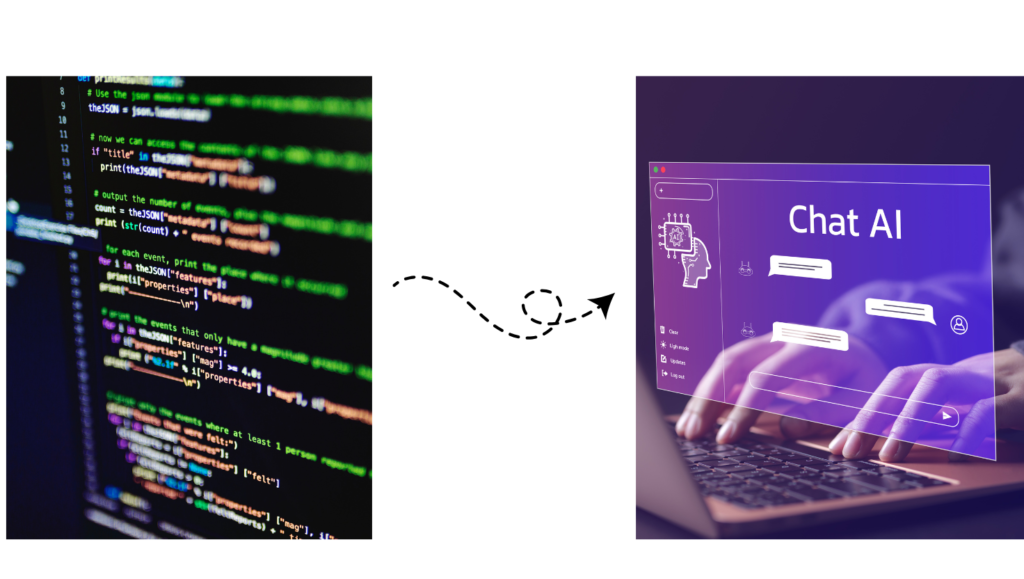
Quick Guide to Effective AI Conversations:
- Start with simple, clear requests
- Build complexity through natural dialogue
- Use misunderstandings to improve results
- Think conversation, not commands
- Focus on clarity over prompt perfection
Ever told ChatGPT “that’s not what I meant”? Good news – those moments of misunderstanding are actually signs you’re using AI the right way. Here’s why your best AI work often starts with a correction, and how leading companies are turning AI misunderstandings into opportunities.
How AI Interaction Has Evolved in 2024
When ChatGPT launched in late 2022, everyone obsessed over “prompt engineering” – crafting perfect instructions to get exactly what you wanted. A year later, we’re seeing a dramatic shift. The most effective users aren’t command-givers; they’re conversationalists.
Why Natural AI Conversations Beat Complex Prompts
Notion‘s journey with AI implementation offers a revealing insight. Their product team found that users who engaged in multi-turn interactions with their AI features were three times more likely to keep the final output compared to those who relied on single, complex prompts[1]. The key wasn’t getting it right the first time – it was the willingness to refine and iterate.
Real Data Shows Why Talking to AI Works Better
Jasper.ai‘s research into their own customer usage patterns tells a similar story. Their 2023 user study revealed that customers who engaged in conversation-style interactions were 2.5x more likely to achieve their desired outcomes compared to those who abandoned tasks after initial attempts[2]. The most successful users weren’t prompt engineers – they were effective communicators.
How to Get Better Results From AI: Proven Techniques
- Start Simple, Then Build Buffer‘s content team discovered this the hard way. Their initial attempt at one-shot content generation had a 70% rejection rate. After switching to an iterative approach where users could refine and guide the AI’s understanding, acceptance rates improved to over 80%[3].
- Use Context Like a Conversation Grammarly‘s engineering team found that breaking complex requests into smaller, conversational chunks improved accuracy by 45% compared to single, lengthy prompts[4].
- Turn Mistakes Into Improvements Copy.ai‘s user research shows that their most successful customers spend 60% of their time refining outputs rather than crafting perfect initial prompts[5].
What This Means For Your AI Productivity
Descript’s product team found that users who adopted a conversational approach to their AI features:
- Completed projects 30% faster
- Reported higher satisfaction scores
- Were more likely to discover unexpected use cases[6]
A Telling Pattern: What Tech-Savvy Users Can Teach Us
Here’s something crucial to notice: all these examples come from tech companies whose users tend to be more technically sophisticated than average. If even tech-savvy users are finding more success through conversation than commands, what does this tell us about the future of AI interaction for everyone else? The data suggests that natural conversation, not technical expertise, is the key to effective AI use.
Common Mistakes When Working With AI
- The Kitchen Sink Approach Don’t dump every requirement into your first prompt. Notion’s research shows that prompts over 100 words have a 60% higher failure rate[1]. Instead, start with core requirements and build from there.
- Abandoning Too Early Many users give up after one poor result. Buffer found that 40% of their users who rated AI “ineffective” had never attempted to refine their initial outputs[3].
- Being Too Technical Ironically, using technical jargon often reduces accuracy. Grammarly’s testing showed that natural language requests outperformed technical specifications by 35%[4].
- Assuming AI “Just Knows” While AI can seem remarkably smart, it needs context. Copy.ai found that users who provided clear context got useful results 3x more often than those who made assumptions[5].
Real Conversations: Before and After Examples


The Future of AI Interaction
As we move through 2024, one trend is becoming clear: successful AI implementation isn’t about eliminating errors – it’s about learning from them. Your effectiveness with AI tools won’t be measured by how rarely you need to correct them, but by how comfortably you can guide them toward your desired outcome.
#ArtificialIntelligence #AITips #AIProductivity #FutureOfWork #DigitalTransformation #BusinessInnovation #ChatGPT #AIStrategy #ProductivityHacks #TechnologyTrends #AITools #WorkplaceTechnology #Innovation #TechTrends #BusinessGrowth
Footnotes:
[1] Notion AI Product Blog: “Learning From Our Users”, October 2023
[2] Jasper.ai Customer Success Report, Q3 2023
[3] Buffer Engineering Blog: “Our AI Journey”, December 2023
[4] Grammarly Developer Blog: “AI Interaction Patterns”, November 2023
[5] Copy.ai User Research Report: “Patterns of Success”, January 2024
[6] Descript Product Insights: “AI Adoption Patterns”, December 2023